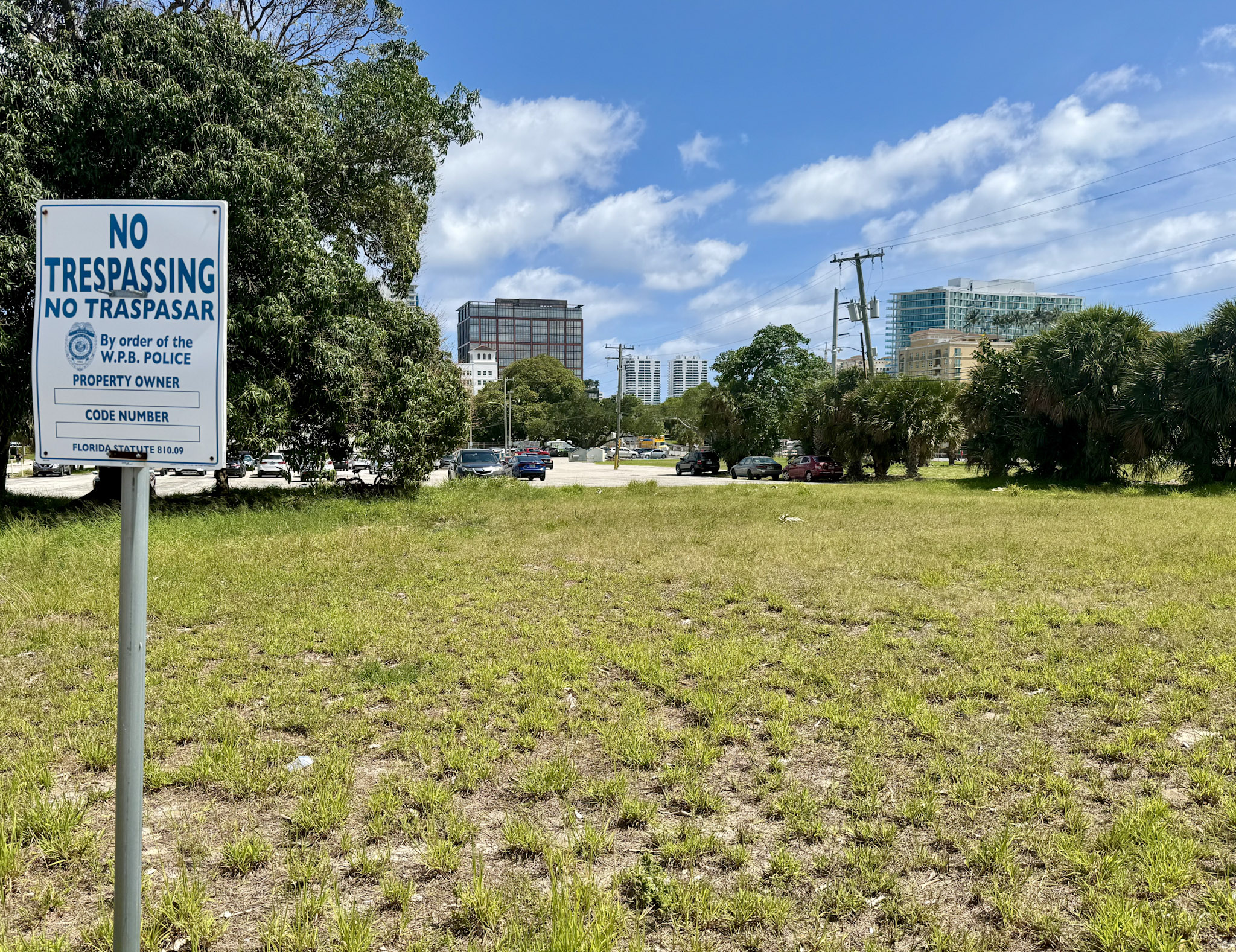
Report on Sustainable Urban Lighting for Biodiversity and Society
Introduction
Urban planners face the critical challenge of balancing the reduction of artificial lighting to protect biodiversity with ensuring the comfort and safety of urban residents during nighttime. This balance is essential for sustainable urban living but remains underexplored in current research. This report presents an integrated approach combining remote sensing, ecological modeling, and socioeconomic analysis to identify optimal street-lighting strategies in Montpellier, France, a midsized European city.
Integration of Ecological and Socioeconomic Models
The study employs a multidisciplinary methodology to address the complex issue of light pollution:
- Ecological Assessment: Remote sensing and ecological modeling were used to evaluate species’ requirements concerning light pollution reduction.
- Socioeconomic Evaluation: Socioeconomic modeling assessed human residents’ acceptance of various street-lighting adjustments.
- Decision Support Tool: Results were integrated into an RShiny application enabling urban planners to prioritize lighting actions on a streetlight-by-streetlight basis.
Findings and Implications for Sustainable Development Goals (SDGs)
The findings reveal that the implementation of light-pollution mitigation measures can lead to both tradeoffs and synergies depending on the spatial context. This highlights the necessity of tailored lighting policies rather than a universal approach. The study aligns with several SDGs as follows:
SDG 11: Sustainable Cities and Communities
- Enhancing urban residents’ comfort and safety by optimizing street lighting.
- Promoting inclusive urban planning through the integration of residents’ acceptance in lighting decisions.
SDG 15: Life on Land
- Protecting biodiversity by reducing artificial light pollution that disrupts ecosystems.
- Supporting ecological connectivity and species conservation within urban landscapes.
SDG 13: Climate Action
- Reducing energy consumption by optimizing lighting strategies contributes to climate change mitigation.
Methodological Approach
Ecological Modeling
- Assessment of baseline ecological stakes and landscape connectivity loss due to light pollution for six groups of species.
- Use of high-resolution nighttime imagery and ecological indicators to map biodiversity impacts.
Socioeconomic Modeling
- Evaluation of public acceptability for different light pollution mitigation measures.
- Incorporation of survey data and focus groups involving citizens, experts, and municipal staff.
Decision Support Application
- Development of the RShiny ‘SustainLights’ application to visualize and prioritize streetlight adjustments.
- Facilitation of context-specific urban lighting policies to maximize biodiversity benefits while maintaining social acceptance.
Recommendations for Urban Planners
- Adopt spatially tailored lighting policies that consider both ecological and social contexts.
- Engage local communities and stakeholders in decision-making processes to enhance acceptance and effectiveness.
- Utilize decision support tools such as the SustainLights application for informed urban lighting management.
- Integrate light pollution mitigation within broader sustainability and biodiversity conservation frameworks.
Data and Code Availability
- The SustainLights RShiny application is accessible at https://sustainlight.sk8.inrae.fr/.
- Associated data are available on Zenodo: https://zenodo.org/records/14926418.
- LightPollutionToolbox and Biodispersal QGIS plugins are available at their respective repositories.
- RShiny application code can be found at https://forgemia.inra.fr/sk8/sk8-apps/mathnum/tetis/sustainlight.
Conclusion
This study emphasizes the importance of integrating ecological and social dimensions in urban lighting strategies to support biodiversity and human well-being, directly contributing to the achievement of SDGs 11, 13, and 15. The tailored approach and decision support tools developed provide a practical framework for sustainable urban lighting planning that balances environmental protection with societal needs.
1. Sustainable Development Goals (SDGs) Addressed or Connected
- SDG 11: Sustainable Cities and Communities
- The article focuses on urban planning challenges related to artificial lighting in cities, specifically Montpellier, France.
- It addresses the balance between urban residents’ comfort and safety at night and biodiversity protection.
- SDG 15: Life on Land
- The article discusses protecting biodiversity by reducing light pollution, which affects species and ecosystems.
- It emphasizes ecological modeling to assess species’ requirements and landscape connectivity loss due to light pollution.
- SDG 3: Good Health and Well-being
- Ensuring urban residents’ comfort and safety at night relates to health and well-being.
- The article implies consideration of human acceptance and social context in lighting policies, which can impact well-being.
- SDG 13: Climate Action
- Although not explicitly stated, reducing artificial lighting can contribute to energy efficiency and climate action.
2. Specific Targets Under Identified SDGs
- SDG 11: Sustainable Cities and Communities
- Target 11.7: Provide universal access to safe, inclusive and accessible, green and public spaces, particularly for vulnerable populations.
- Target 11.6: Reduce the adverse per capita environmental impact of cities, including by paying special attention to air quality and municipal and other waste management.
- SDG 15: Life on Land
- Target 15.1: Ensure the conservation, restoration and sustainable use of terrestrial and inland freshwater ecosystems and their services.
- Target 15.5: Take urgent and significant action to reduce the degradation of natural habitats, halt the loss of biodiversity and protect threatened species.
- SDG 3: Good Health and Well-being
- Target 3.9: Reduce the number of deaths and illnesses from hazardous chemicals and air, water and soil pollution and contamination.
- SDG 13: Climate Action
- Target 13.2: Integrate climate change measures into national policies, strategies and planning.
3. Indicators Mentioned or Implied to Measure Progress
- Light Pollution Indicators
- The article mentions the use of remote sensing and ecological modeling to assess light pollution levels.
- Figure 2 in the article shows results for light pollution indicators, implying measurement of artificial light intensity and spatial distribution.
- Ecological Impact Indicators
- Assessment of species’ requirements and landscape connectivity loss due to light pollution (Figure 3) can serve as indicators of biodiversity health.
- Indicators related to ecological stakes for six groups of species are implied.
- Socioeconomic Acceptance Indicators
- Human residents’ acceptance of street-lighting adjustments is evaluated via socioeconomic modeling and acceptability score maps (Figure 4).
- These indicators measure social acceptance and potential behavioral responses to lighting policies.
- Implementation and Prioritization Tools
- The RShiny application developed allows urban planners to prioritize actions for each streetlight, implying indicators for decision-making effectiveness and policy tailoring.
4. Table of SDGs, Targets, and Indicators
| SDGs | Targets | Indicators |
|---|---|---|
| SDG 11: Sustainable Cities and Communities |
|
|
| SDG 15: Life on Land |
|
|
| SDG 3: Good Health and Well-being |
|
|
| SDG 13: Climate Action |
|
|
Source: nature.com







